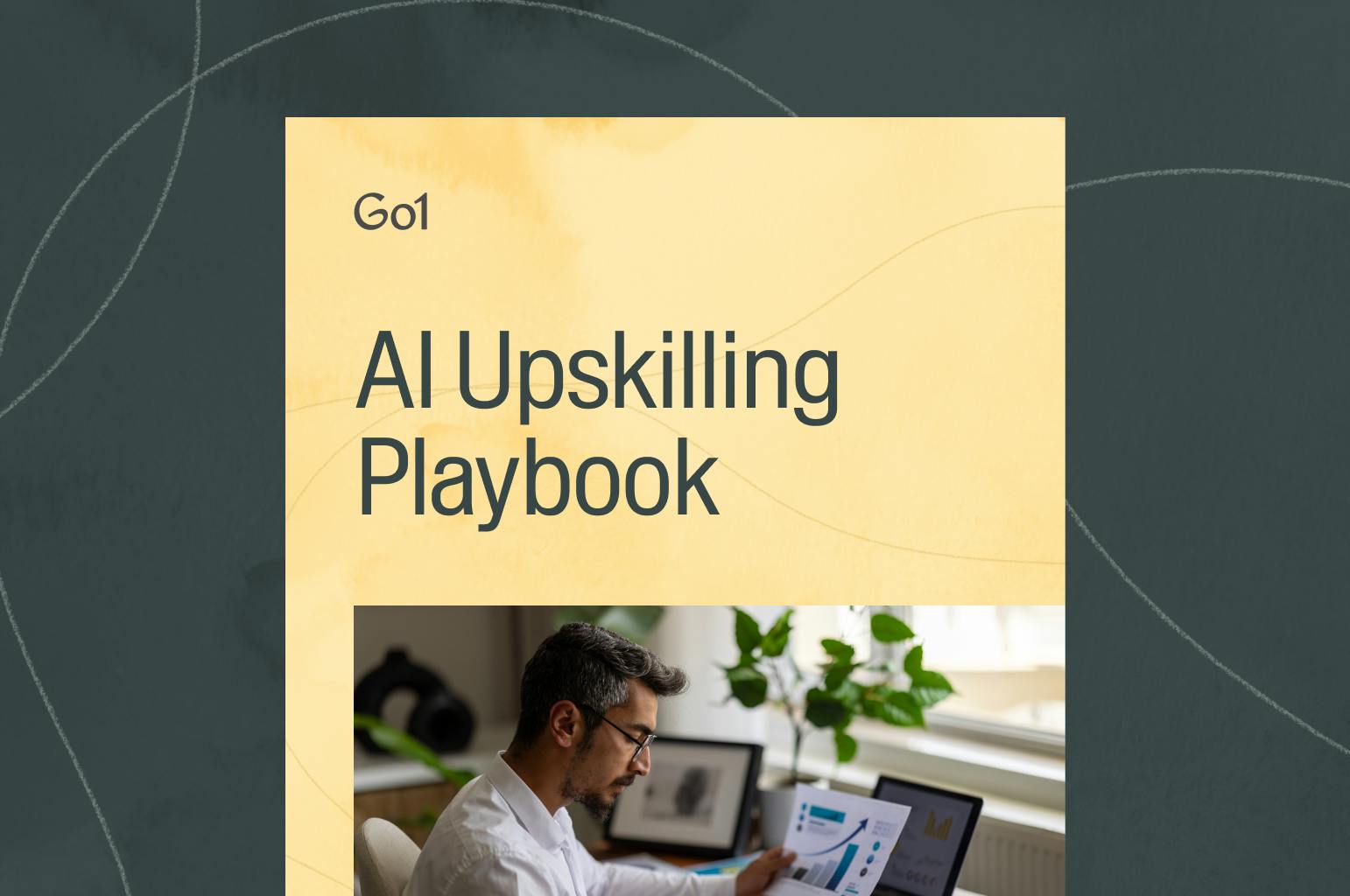Overcome the Forgetting Curve in corporate training

Why training doesn’t always stick and what to do about it
You’ve invested time, budget, and energy into building training programs that matter. But even the most thoughtfully designed content can fall short if employees forget what they’ve learned just days or weeks later. It’s a common and frustrating reality in L&D.
At the heart of this challenge is the “Forgetting Curve,” a concept rooted in psychology but felt deeply in the workplace. Understanding and addressing it isn’t just about protecting your training investment. It’s about making sure people leave training not just knowing something new—but ready to use it.
What is the Forgetting Curve?
First identified by psychologist Hermann Ebbinghaus, the Forgetting Curve is a model that illustrates how information is lost over time when there's no effort to retain it. Ebbinghaus’ research showed that without reinforcement, people forget roughly 50% of what they've learned within an hour, 70% within a day, and up to 90% within a week. The exact rate varies, but the pattern is clear: Without support, most new knowledge disappears fast.
In the context of workplace learning, that means much of a training session’s value can fade fast if employees aren't asked about what they learned or don't have the chance to use what they’ve learned on the job. The brain naturally prioritizes information that seems useful or regularly accessed. If something isn’t used, it’s pruned to make space for what is. This is why repetition, relevance, and application are critical in workplace learning.
For busy L&D teams, this creates a high-stakes dilemma. You’re expected to deliver programs that drive performance, not just participation. But how do you make learning stick when your learners are juggling competing demands—and your team is working with limited resources?
Reinforcement is the first step to learning retention
To combat forgetting, many L&D leaders turn to reinforcement strategies: Periodic refreshers, job aids, or short follow-up quizzes. These tools can help slow the Forgetting Curve, but they’re only part of the picture. If training lives in a vacuum—detached from daily tasks—it’s unlikely to create lasting change. The more our brain has to recall learnings in different ways, the more it's seen as useful and is held onto in our memory.
Retention improves when learning is tied to action. To counteract forgetting, researchers recommend techniques like retrieval practice (recalling information repeatedly over time) and spaced repetition (revisiting material at strategic intervals). These methods strengthen memory traces and make recall more reliable—especially when paired with real-world application.
When employees are encouraged (and enabled) to apply new knowledge immediately, they'll be more likely to remember it and see it as useful. And more importantly, they’re more likely to get better at it.
People forget roughly 50% of what they've learned within an hour, 70% within a day, and up to 90% within a week.
Explore the Go1 course library to find the right training for your team
Shift the focus: From memory to action
It should be no surprise that the most effective training programs will prompt immediate action. Here’s how to build that mindset into your programs:
- Set clear expectations early: Let learners know that applying new knowledge isn’t optional—it’s the goal. Make practical use a core part of the training promise.
- Design with the real world in mind: Include scenarios, case studies, or role-specific tasks that mirror what they'll encounter on the job.
- Support employees after the session ends: Job aids, checklists, and quick-reference guides can help employees bridge the gap between training and real-world applications.
- Build in reflection: Encourage teams to share what they tried, what worked, and where they’re still stuck.
Practical impact for mid-market L&D teams
For L&D leaders, the takeaway is clear: Retention doesn’t happen by accident. It’s built into the design of the learning experience—from how content is delivered, to how it’s reinforced, to how it's applied.
If you’re leading L&D in a small to mid-sized organization, it's likely you wear multiple hats. You’re balancing urgent requests, compliance deadlines, and long-term development goals—all with a lean team and a finite budget. Reinforcement, redesign, or tackling a new model like this may sound like too much.
Focusing on learning application is about making the training you already offer more useful, more memorable, and more likely to drive performance. When employees apply what they learn, everyone wins: Learners retain more, managers see results faster, and L&D can show impact beyond attendance rates. Start small, with just one action today that can help your teams remember what they learn.
Related Articles

Application Guide: How to use the Go1 AI for L&D Maturity Assessment to assess our workforce AI capability

AI upskilling made clear: A practical guide to building an AI-ready workforce

Go1 welcomes PepTalk

5 Data-Backed Insights Shaping the Future of AI in Workplace Learning

Train smarter, spend less
Train smarter,spend less
Connect with a Go1 expert to explore the best training options for your organization—no pressure, just solutions that work.